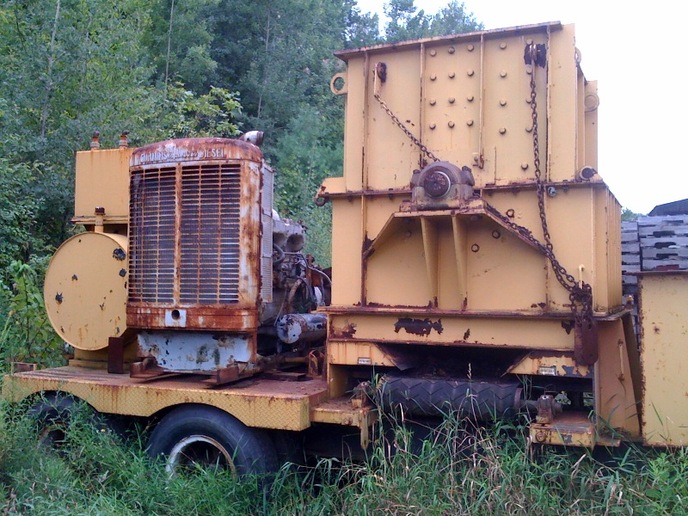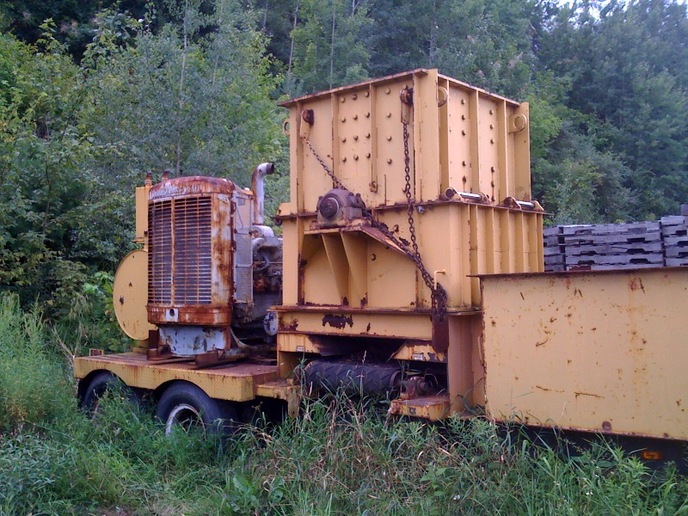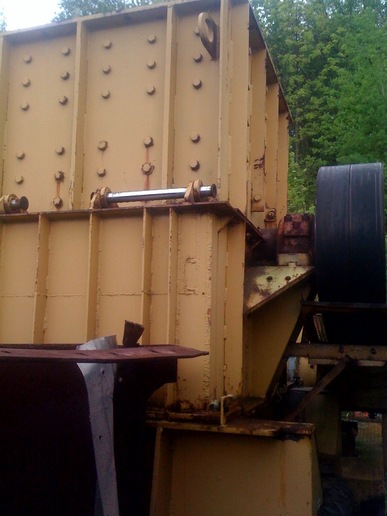mikenofx2000
New User
Hello all,
I have recently run across this crusher for sale and i have been interested in one for a long time. Unfortunatly i do not have much info on it and was wondering if someone could give me info on what kind it is and what it is capable of before i go to look at it. I was sent these pictures i didnt take them and its 2 hours drive for me so i want to have some info before i go take it out and see if its worth buying.



I have recently run across this crusher for sale and i have been interested in one for a long time. Unfortunatly i do not have much info on it and was wondering if someone could give me info on what kind it is and what it is capable of before i go to look at it. I was sent these pictures i didnt take them and its 2 hours drive for me so i want to have some info before i go take it out and see if its worth buying.




